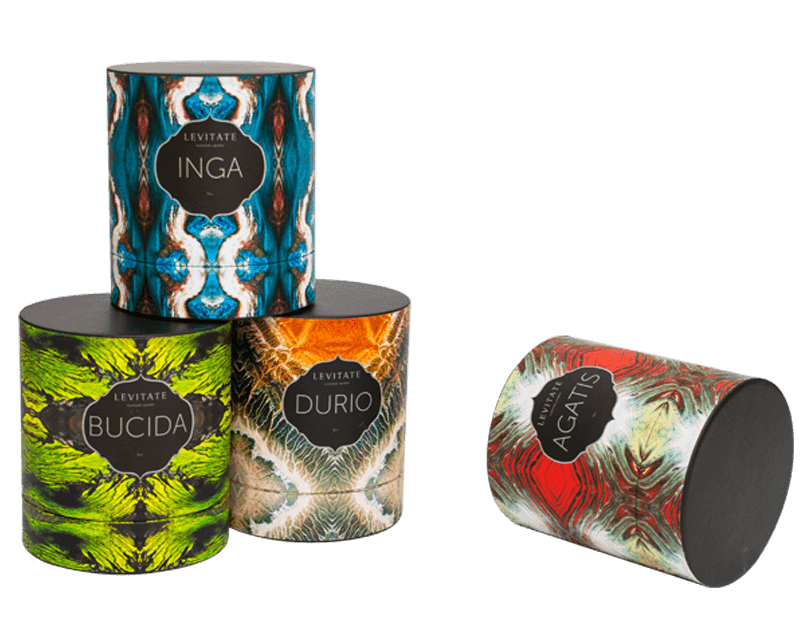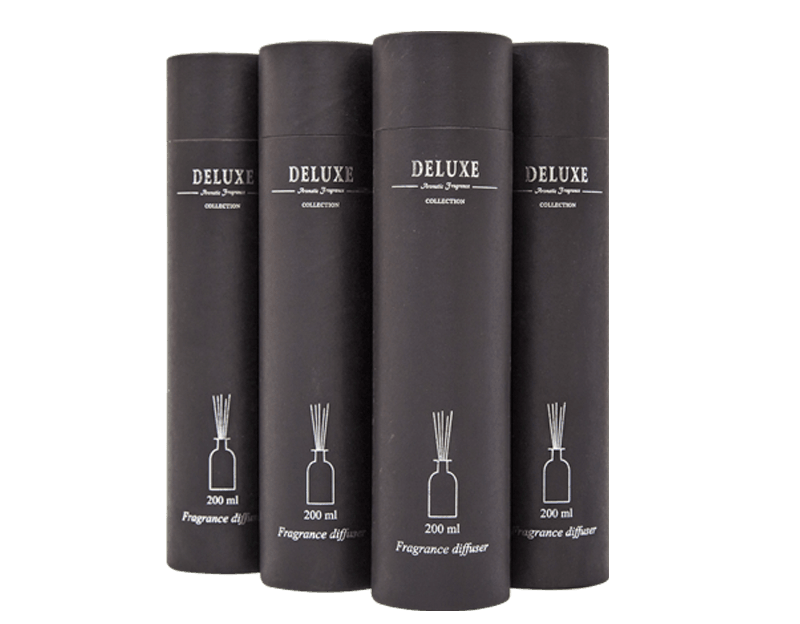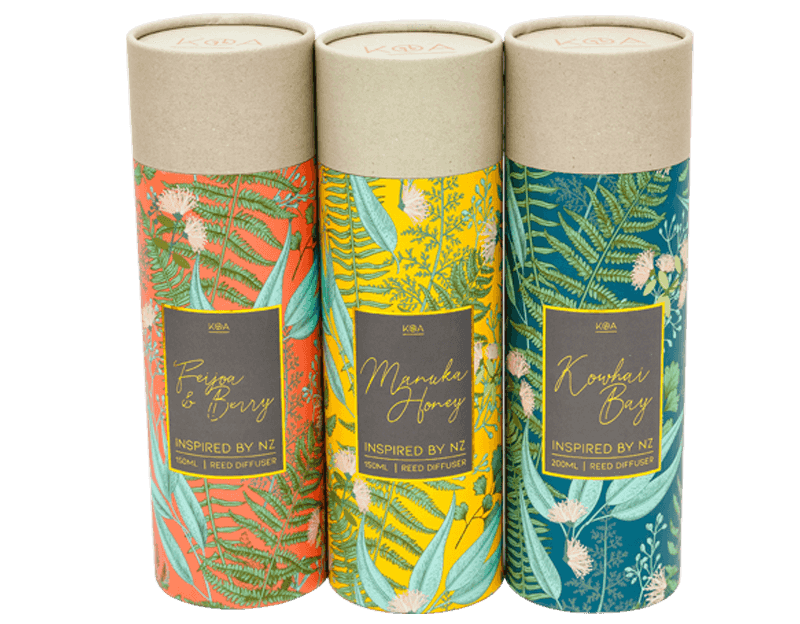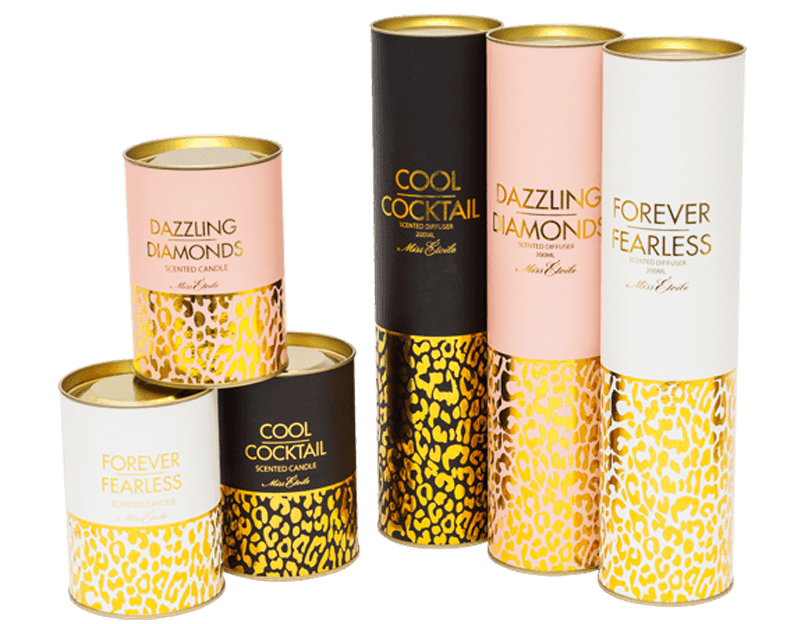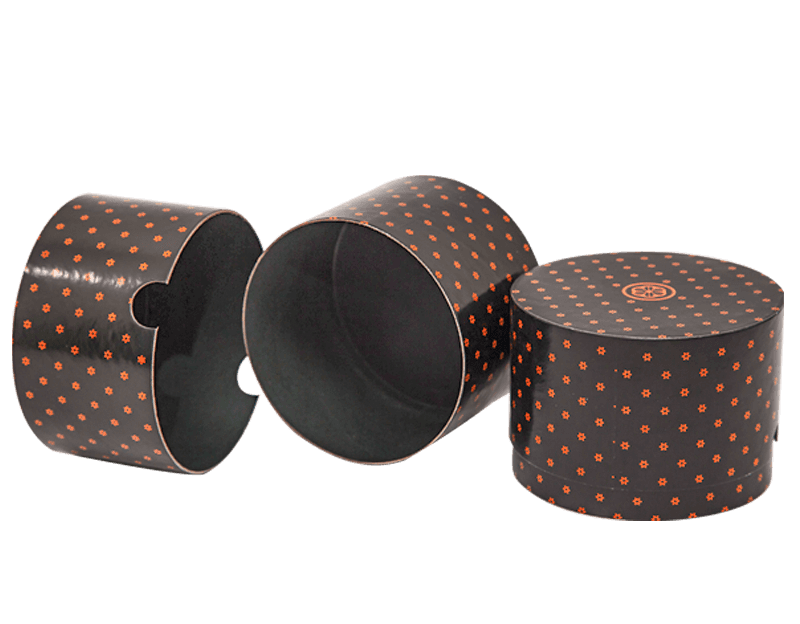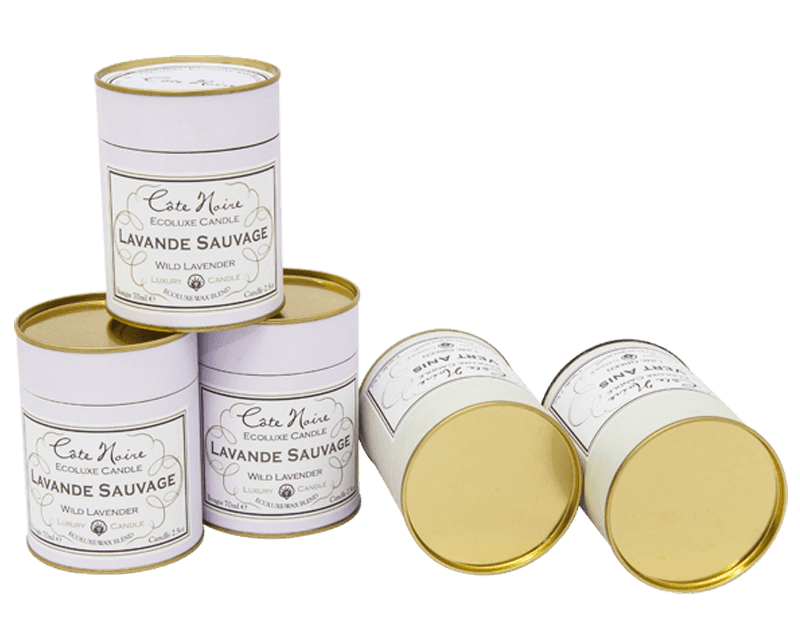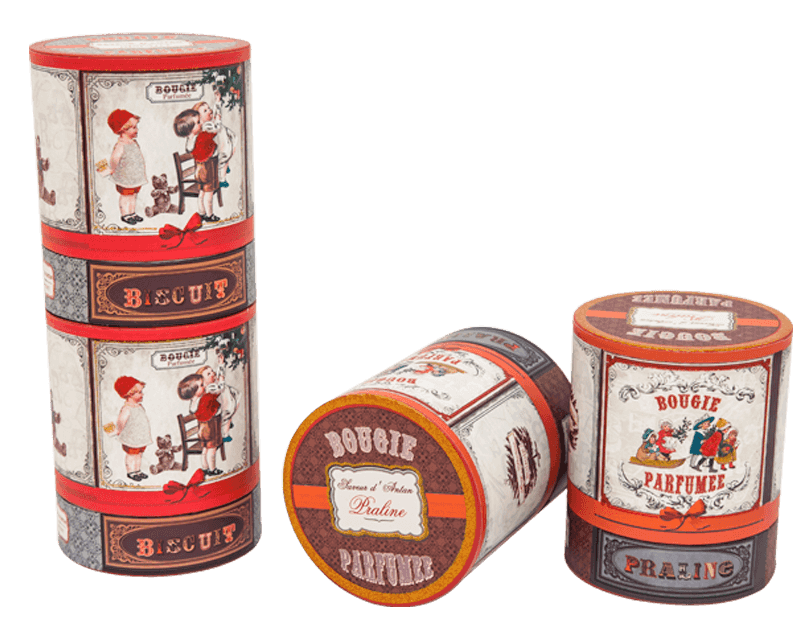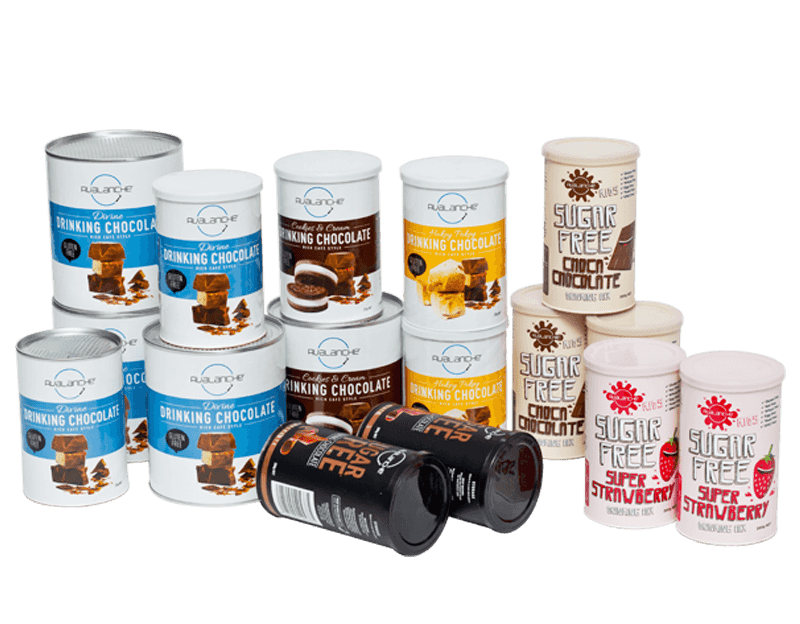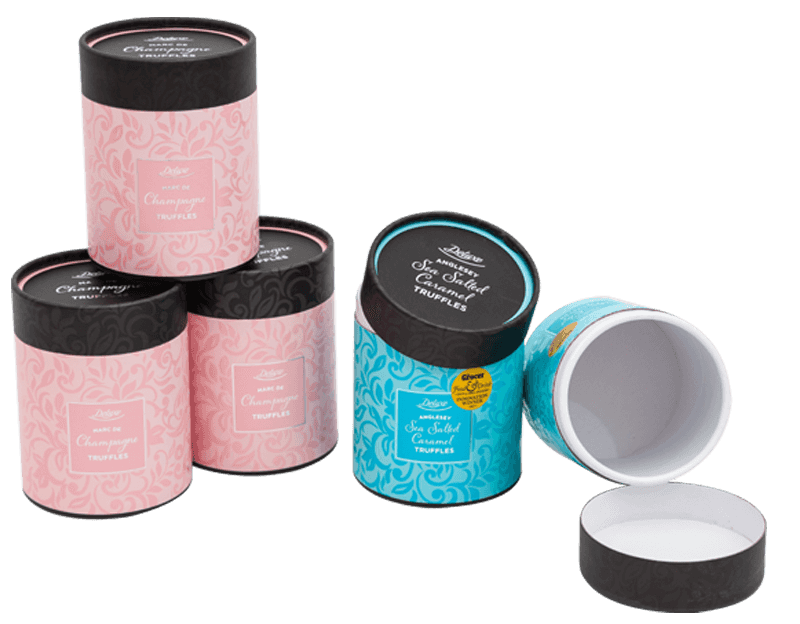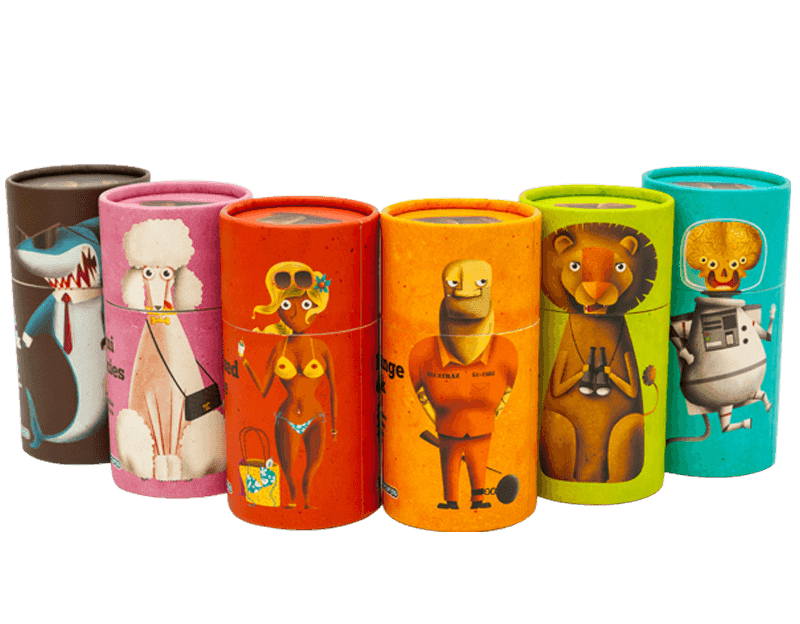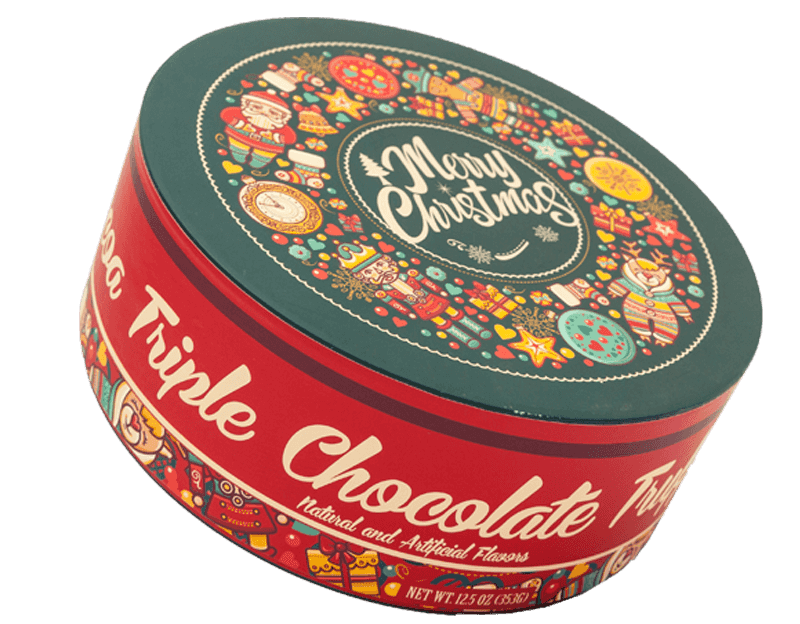As one of the top China cardboard tube packaging manufacturers and paper tube packaging suppliers, we devote all of our efforts to research and launch more high quality packaging products to global market.
The shelf life of pet canned packaging, specifically for wet pet food, is long primarily due to the packaging's ability to provide an excellent barrier against external factors and contaminants. Here are several key reasons why the shelf life of canned pet food is extended:
Airtight Seal: Canned pet food is sealed in airtight containers, which prevents the entry of oxygen. Oxygen is a major contributor to food spoilage and the growth of aerobic bacteria, molds, and yeast. By eliminating oxygen, canned pet food can remain fresh for an extended period.
Heat Processing: The contents of the pet food can are typically heat-processed to kill any existing bacteria, molds, or yeasts. This process, often referred to as retort processing, effectively sterilizes the food inside the can, making it safe for long-term storage.
Low Moisture Content: Wet pet food is often formulated to have a lower moisture content compared to other types of pet food (e.g., kibble). Lower moisture levels reduce the availability of water for microbial growth, further extending shelf life.
Protection from Light: Cans provide complete protection from light, preventing the degradation of sensitive ingredients, such as vitamins and certain fats, which can occur when exposed to light.
Physical Protection: Cans provide a physical barrier against physical damage, such as crushing or puncturing, which can compromise the integrity of the packaging.
Temperature Stability: Canned pet food is less sensitive to temperature fluctuations than other packaging types. This stability helps maintain the product's quality over time, even when stored in varying conditions.
Resistant to Moisture and Humidity: Cans are resistant to moisture and humidity, which can lead to spoilage and mold growth in other types of packaging.
Reduced Interaction with Packaging Material: Cans are typically lined with coatings that prevent the food from coming into contact with the metal, reducing the risk of flavor or quality changes due to interaction with the packaging material.
Hygienic and Single-Use: Cans are single-use containers, which means there is minimal risk of contamination once they are opened. This is important for pet owners who may store partially used cans in their refrigerators.
Packaging Materials: The materials used for pet can packaging are chosen for their ability to maintain product integrity. This includes the can itself, as well as the sealing and lining materials.
Quality Control: Manufacturers of canned pet food adhere to strict quality control processes to ensure that the product is properly processed, sealed, and labeled, further enhancing its shelf life.
 English
English Español
Español
